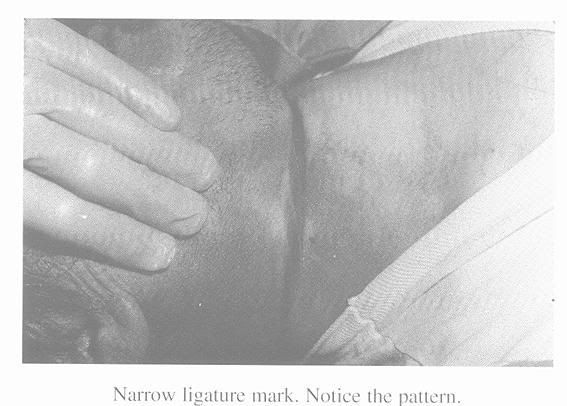Questions
O.K., that part I understand. I guess my question is and this will come into play in my novel. Could the killer have applied pressure to the carotid arteries or jugulars and rendered his victims unconcious and how would that have affected blood flow? For example could rendering someone unconcious in such a manner restrict blood flow enough to avoid arterial spray? And would it show up on an autopsy?
Originally posted by Wickerman
View Post





Comment